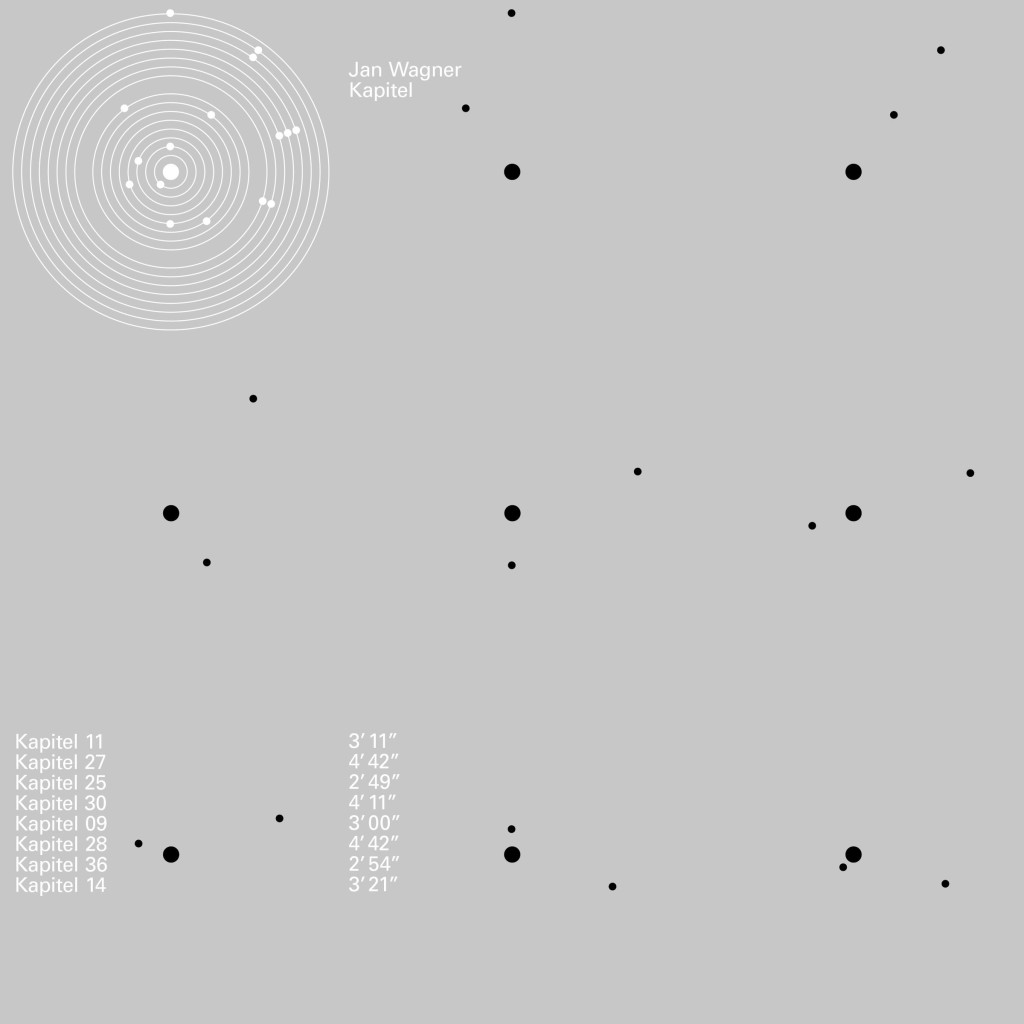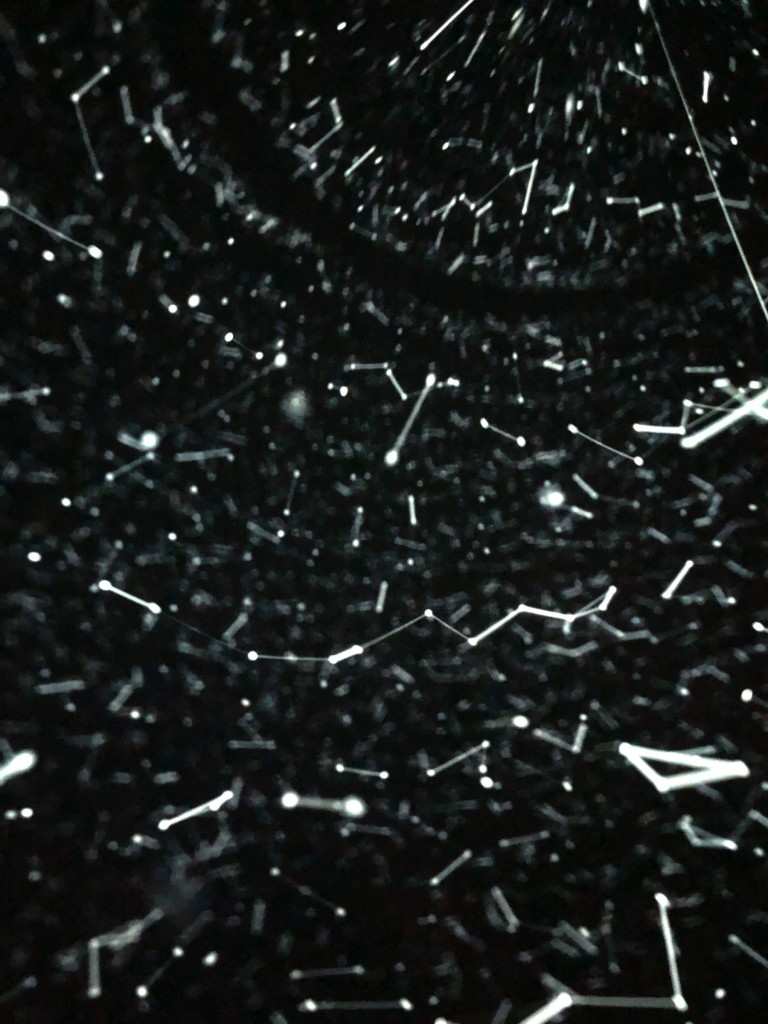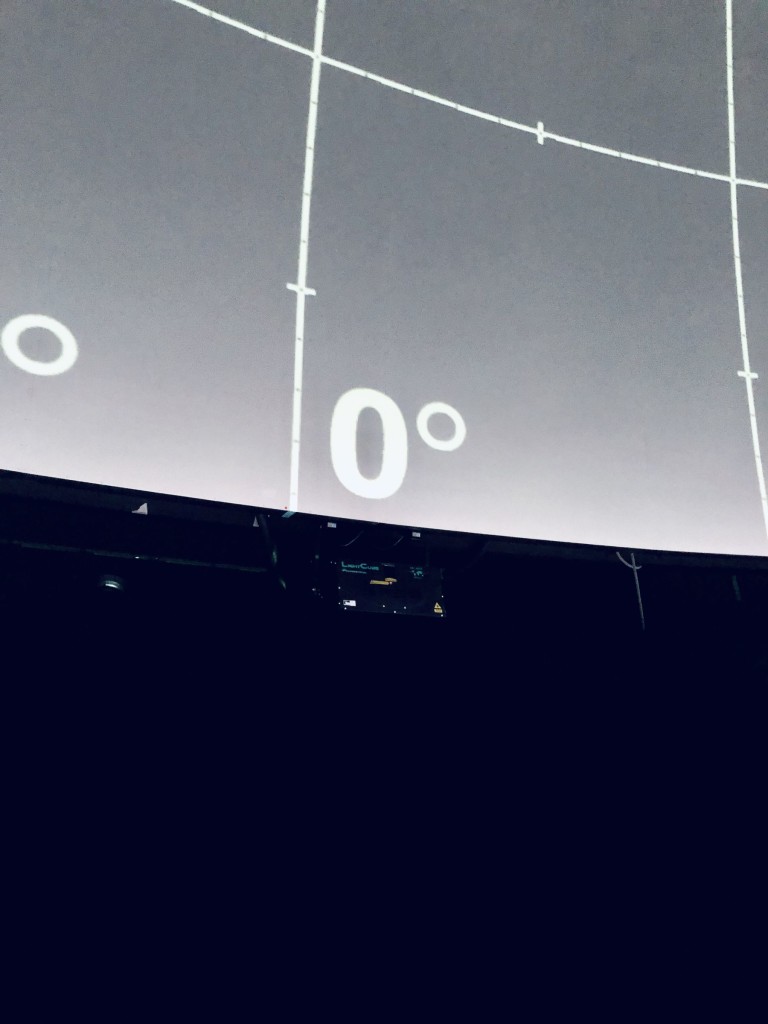Maybe now is a perfect time for a moment of calm contemplation – premiering Jan Wagner’s “Kapitel 36” on the eve of a new album and a spatial planetarium premiere.

Kapitel, out on March 20 on the Quiet Love Label, is “autobiographical” ambient music. These are spontaneous, personal sketches that began as piano improvisations, but have sometimes had those piano imprints removed – a kind of lost wax approach to composition, piano molds for electronic textures.
“Kapitel 36” is an especially poignant, reflective moment in that series. Listen:
Berghain would be probably the last thing you’d expect to associate with this sound, but this sense of space and exploration also comes from an artist who has frequently mixed albums for the well respected Ostgut Ton label attached to that club. And maybe that’s an ideal Berlin connection – piano sentiment, engineering precision, and ambiguous spaces for personal reflection all come together here.
But we’ve had plenty of music in industrial nightclubs. Now, Jan is joining a new wave of artists realizing music for immersive contexts, with fully spatialized sound made for particular architectures. Jan was invited by Spatial Media Lab to collaborate – that’s a recently formed artist/tech collective founded by Andrew Rahman and Timo Bittner. With Jan’s music – and a full-sized acoustic grand piano hauled into the space – they’ll transform the environment of the Zeiss Grossplanetarium Berlin into a unique listening environment.
I got the chance to work with Spatial Media Lab on their first planetarium outing in November 2018. What makes their effort unique is that they’re working to de-mystify the delivery technology for spatializing sound, along artists to be more hands-on and collaborative. That frees them to spend the significant time to finely tune their music material to the space, and play creatively, rather than just wrestle with tech or turn over control to engineers. (You can read up on the collaboration I joined in 2018, Contentious Constant II – and we’re overdue for a check-up here.)
Jan has shared some thoughts with CDM on how this process worked:

What was the process for you, reworking material for a spatial context?
It was a totally new approach for me. The difference between stereo and immersive sound is enormous. I had to rethink the whole album and detach the production from the well-known stereo panorama cage. It wasn’t that simple, because everything was [originally] made in stereo. From the synth to the DAW, it’s all made for a stereo environment. So we had to [mix] the signals into mono, which we later scaled up to ambisonic sound.
After exporting all of the tracks, we imported them into the DAW Reaper … [which is able to] handle up to 64 outputs of each track, needed to play all the signals into the dome. We used the IEM Plugin Suite to build our scene and then mixed the tracks from scratch. [Ed.: SML used this combination before, and it’s great to work with artistically. IEM is free and open-source and easy to manage, and Reaper, of course, has some superb multichannel support and is fast, efficient, free to try, and inexpensive to own.]
Once I realized how far I could go when it comes to the production and writing process, my head almost exploded. There is no longer a stereo cage. You basically can do whatever you want. The signals can start right at the top of your head and fall down to your knees, surrounding you! This changes the whole process of how you create music.

Your musical process I know shifted for this record; can you describe what changed?
I started recording in the same way. The piano improvisation is still the root of it all, but it is no longer necessarily the main part of the production. I didn’t want to be constricted by the piano and often I just muted it after adding some synth layers. The piano is no longer the lead voice.
How did Tobias Preisig get involved in the project – and now on the same bill?
Last year I produced Tobias Preisig’s solo debut Diver. He wanted to concentrate on the essence of his music and dive deeper into his instrument and discover the real needs of his art. Tobias and I share the same approach to music, and while planning this event I wanted him to be part of it. His music is so immersive by default and it fits perfectly into the planetarium environment.
If you’re in Berlin, you can catch the “Spherea” program with both artists at the Zeiss-Grossplanetarium in Prenzlauer Berg.
Spherea präsentiert von Jan Wagner & Tobias Preisig
More on the Spatial Media Lab:
https://janwagner.bandcamp.com/